"Fine for off-the-cuff sequencer basslines, otherwise you have to plan what you're going to do before even switching it on": Here's what the reviews said when the dance-music-defining Roland TB-303 was released in 1981
Happy TB-303 Day! Grab your time travel machine, because back then it only cost a couple of hundred bucks
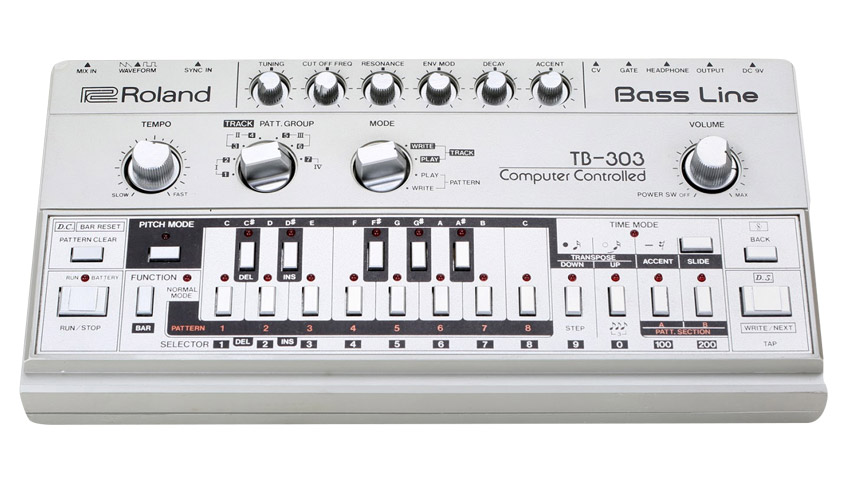
The Roland TB-303 Bass Line has lit up dance music – defined it even – for four decades, but on its release in 1981, it bombed. However, as with other Roland products of the time, that certainly wasn't the end of the story, and 40 years later, it's one of the most iconic pieces of gear in music production. So how was it greeted at the time, and what went wrong? (And then right?)
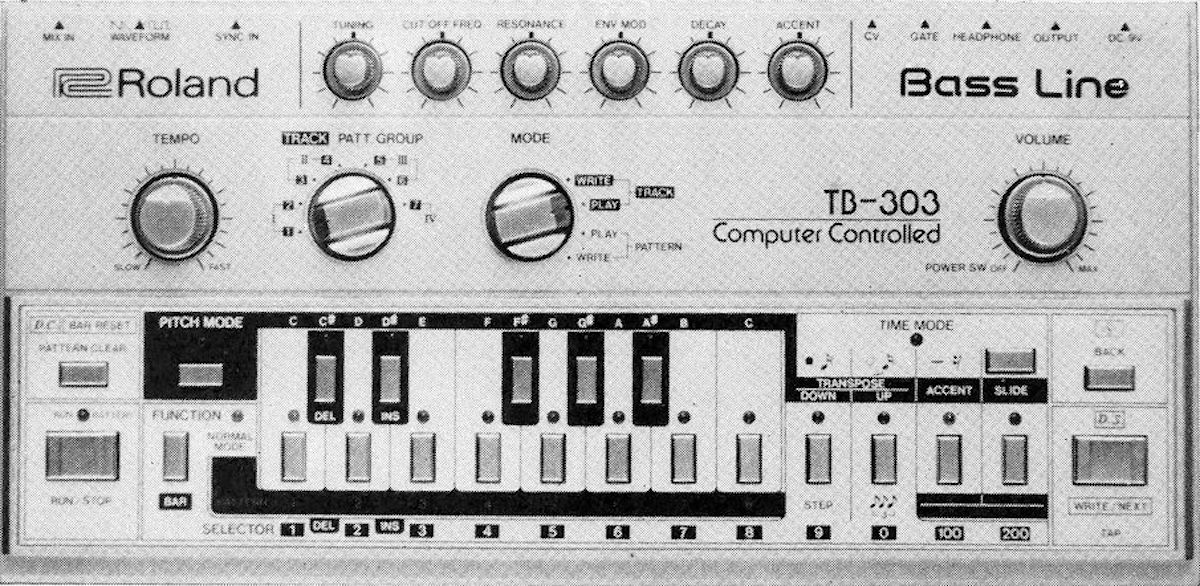
When the TB-303 came out in 1981, it was touted as a bass guitar/synth accompaniment gizmo for bands or solo players. It was a diminutive box with a mini keyboard, sequencing and a lot of quirks – in many ways, a very typical release for Roland at the time.
A diminutive box with a lot of quirks – a very typical release for Roland at the time.
The company wasn't really up for following trends, more setting them, and this resulted in a few bombs like the TR-909 drum machine and, sadly, the TB-303.
But actually it wasn't that sad. As with the TR-909, if the TB-303 hadn't failed, we wouldn't have had this.
And if this next track hadn't have happened – because of the TB-303 – it's fair to say that we wouldn't have dance music today (certainly not as we know it, anyway).
That's how important the TB-303 is in the grand scheme of popular music. To keep an overused long story short: because the 303 bombed, it could be found for peanuts in stores around the world. And when you bear in mind that the original asking price was already a paltry £215 new, 'peanuts' could literally have meant the price of one packet of KP nuts (two, maximum).
There might have been *whisper* drugs involved too but we're not going there. We're a music production website.
Producers long on pockets but short on funds and gear picked the device up more out of curiosity at first, and then, sometimes more by luck than judgement, reinvented its purpose. They turned it into a tearing, squealing bassline pig that would kickstart acid house, Detroit techno and Chicago house, which spawned sounds that then spread like wildfire across to Ibiza and the UK.
Want all the hottest music and gear news, reviews, deals, features and more, direct to your inbox? Sign up here.
There might have been *whisper* drugs involved, too – the machine's notorious resonating rises and falls majorly resonated with the endorphin levels in the minds of people on certain illicit substances – but we're not going there. We're a music production website. Here's *cough* another classic 303 track.
Of course, since those early acid tracks, and the cues and clues they gave the dance music of the future, the 303's status and price have gone stratospheric. There was a time when we saw some prices as high as $6,000 but secondhand units – and the 303 is by no means that rare, by the way – still fetch at least $2,500. Peanuts anyone?
There was a certain amount of 'suck it and see', but was there really a worldwide yearning for a bass guitar accompaniment machine?
Looking back at 1981, it's hard to see what Roland was thinking, but also hard to criticise the company. This was a time when electronic music making was in its very early days, and there were few successful gear templates to copy.
So back in '81, there was a certain amount of 'suck it and see', but even with that attitude – which has to be applauded, as we've ended up with some very innovative products – was there really a worldwide yearning for a bass guitar accompaniment machine?
Original reviews are surprisingly scarce – or maybe not surprisingly. Reviewers were probably not that excited by the prospect of testing a bass machine, especially when another Roland product, the Jupiter-8, arrived at the same time. Faced with that choice, we know which we'd have gone for.
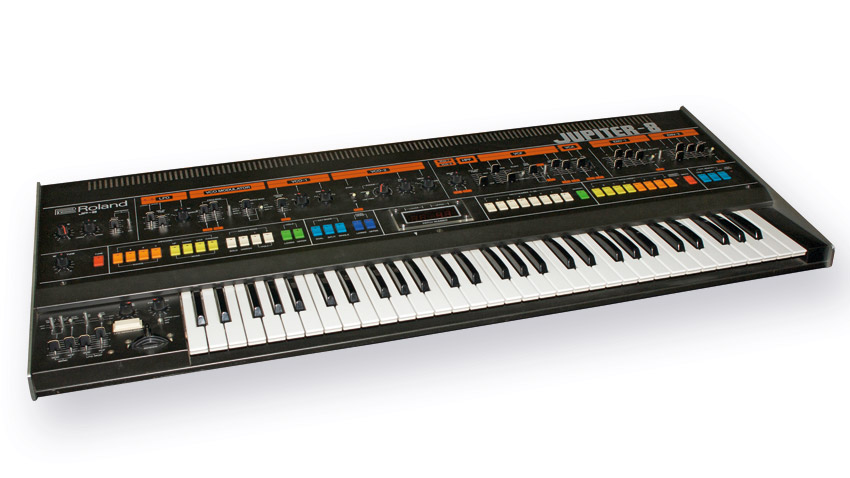
However, one review, by Electronics & Music Maker, did cover the TB-303, albeit on a single page, and very much in the form of a 'first impressions piece'. That said, journalist Tony Bacon did go into a lot of detail.
He explained that his was the only 303 in the country and he'd first seen it at the Frankfurt trade show, where is was being demo'd alongside a TR-606, its then beat partner in crime. (The 303 has, of course, moved onto more fruitful partnerships with the TR-808 and 909.)
"So what is the Roland TB-303 Bass Line?" Tony asked. "It's a machine which enables the operator to devise, write, and recall from memory 64 melodic patterns of up to 16 steps each, and then to link these by 'chaining' or by inserting them in selectable order into track memories.
"The aim is to provide programmed bass guitar-like or bass synth-like lines for recording and (more adventurously) live use," he continued, before taking a mild swipe at the mini keyboard. "'Keyboard' is perhaps a slight exaggeration, but readers familiar with the Casiotone VL-1 will not be disappointed by the description."
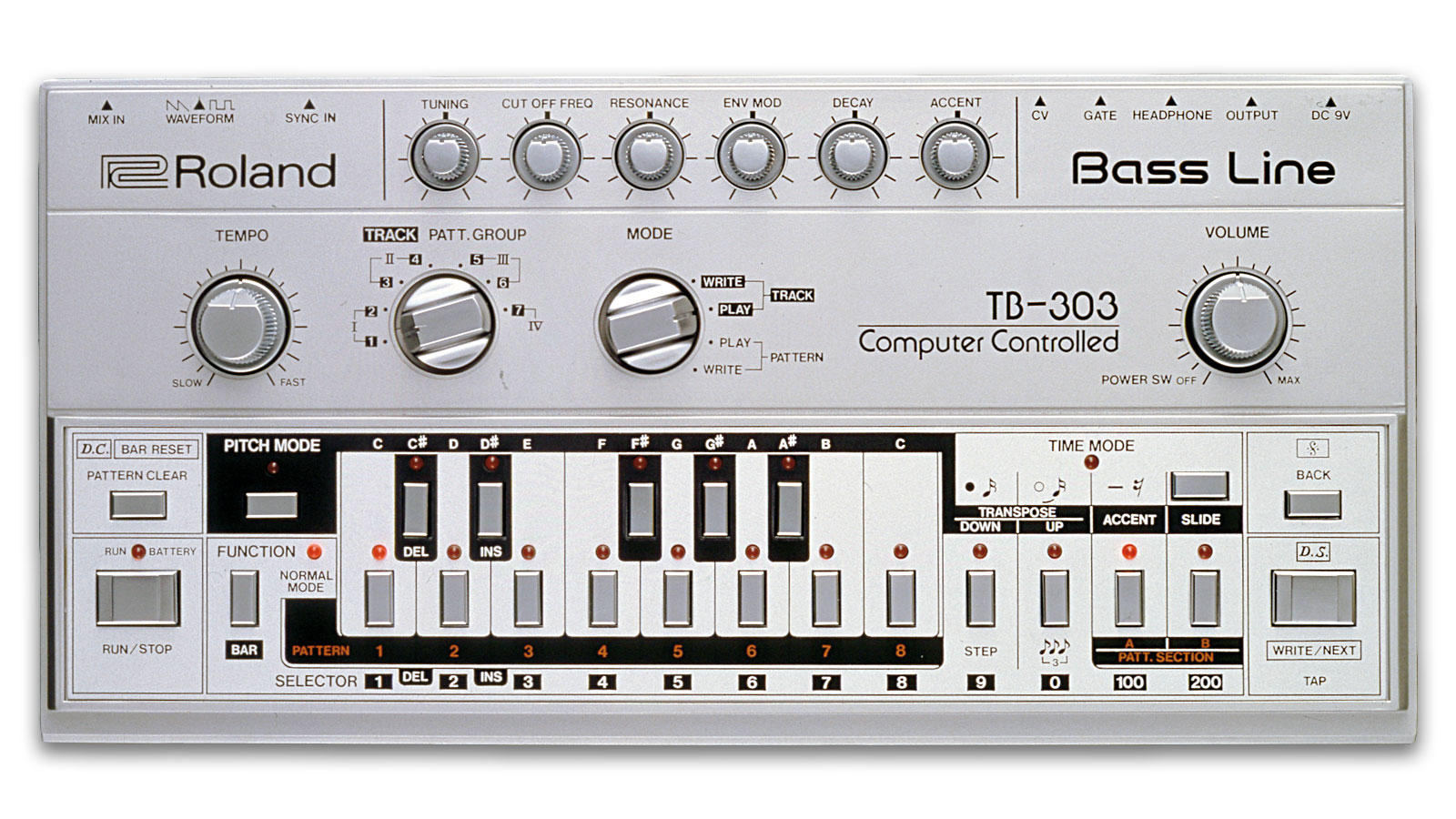
After a detailed look at the 303's sequencing capabilities, and covering one of the machine's future star features – "you can add accents to particular steps and slides between certain notes to give a better overall feel" – Bacon concluded that composing with the 303 would take some planning.
You have to plan out what you're going to do before even switching the machine on.
"You can use it for off-the-cuff bass lines in a sequencer-like fashion, but for anything beyond very basic use you have to plan out what you're going to do before even switching the machine on."
It would be those 'off-the-cuff basslines' that would eventually give the 303 a huge audience, but for creating tunes from scratch, well, Bacon was frustrated.
"Playing with the 303 for a few seemingly wasteful hours – making a few mistakes, losing a few programs, swearing once or twice, etc – helps you understand that things which seemed like stupid idiosyncrasies at first are merely the machine's inherent insistence on mathematical order."
But he did finish more positively with, "once you grasp this basic notion, the 303's potential can be more fully realised."
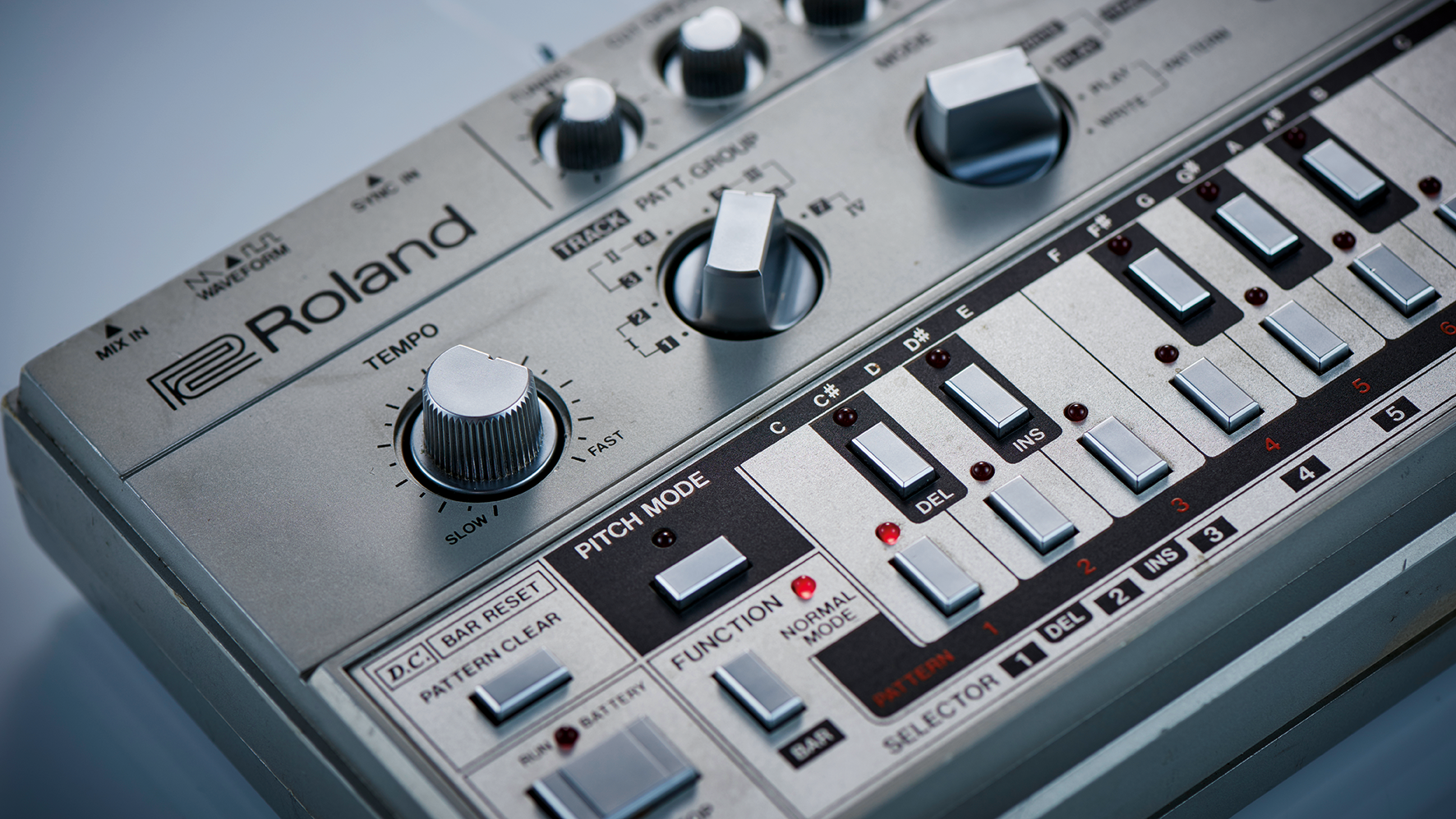
All told, Bacon's review got it pretty much spot on. The 303 could do instant basslines, and all with the slides and velocity changes it would become famous for. But as for composing basslines from scratch, it was more fiddly; unfortunately, these were just the kind of basslines Roland had intended users to buy the machine to create.
As with the 909, Roland had produced an incredible product for totally the wrong market.
Whether that market ever got hold of the 303 to try and compose with it, or whether that market even existed, is unclear. But the 303 was discontinued just a couple of years later, with only 10,000 units produced. As with the 909, Roland had produced an incredible product for totally the wrong market, but looking back, the impression is that the company didn't really mind at all.
Roland was run by Ikutaro Kakehashi, a man more interested in electronic tinkering and designing products than failure, just moving onto the next product and never looking back. So much so that, even as the 303 and its drum machine 808 and 909 siblings grew in status over the next few decades, he refused to revisit them.
Many at the time thought Kakehashi was stubborn and not forward-thinking enough – that's 'not forward-thinking enough' to cash in on his past. Since his death in 2017, there have now been countless Roland revisits to that golden era – like the Roland Aira TB-3 and Roland TB-303 Software Bass Line – so we can all enjoy the 303 without paying eye-watering prices for it.
But whether we'll ever enjoy such a slew of misplaced products from companies more interested in innovation than marketing ever again is doubtful. Long live the TB-303.


Andy has been writing about music production and technology for 30 years having started out on Music Technology magazine back in 1992. He has edited the magazines Future Music, Keyboard Review, MusicTech and Computer Music, which he helped launch back in 1998. He owns way too many synthesizers.

